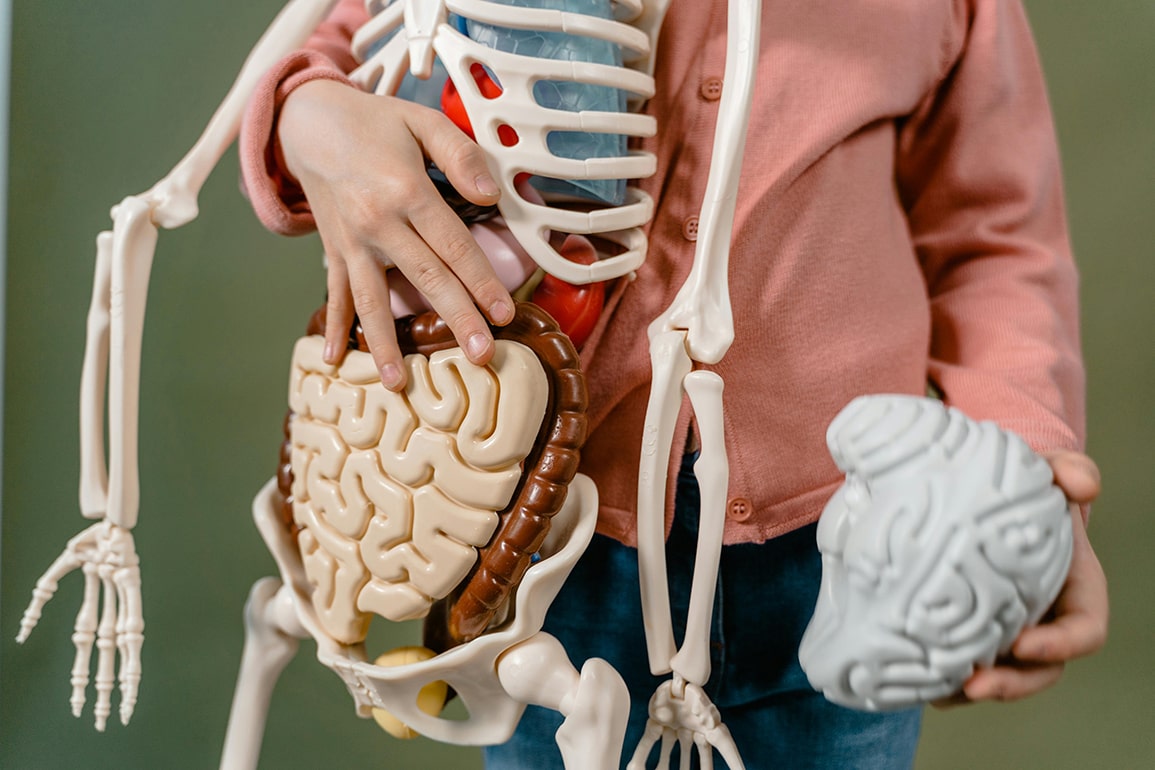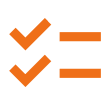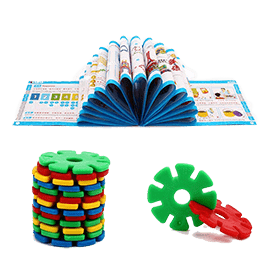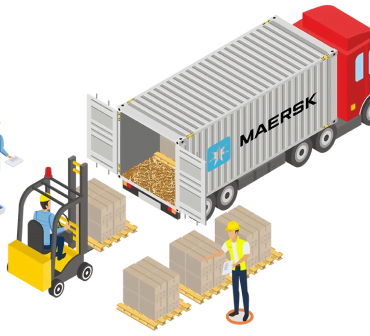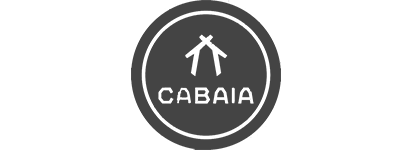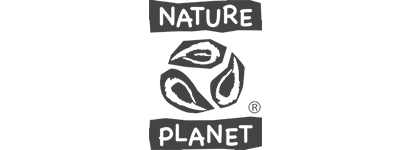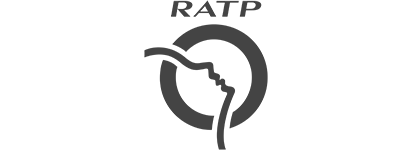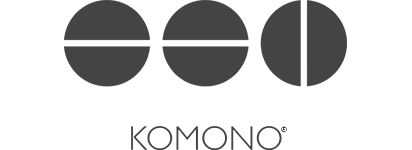Educational toys are essential tools for children’s development, fostering creativity, problem-solving skills, and cognitive abilities. This product category encompasses various subcategories, including puzzles, building blocks, and STEM toys. When sourcing from Asian manufacturing countries like China and Vietnam, it is crucial to prioritize quality and user experience. While these countries offer competitive pricing, there are potential quality risks. Therefore, conducting thorough Quality Control and Due Diligence is vital to ensure compliance with safety standards and product durability. By prioritizing quality, buyers can provide children with safe and enriching educational toys.
